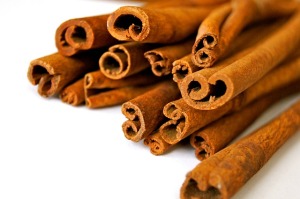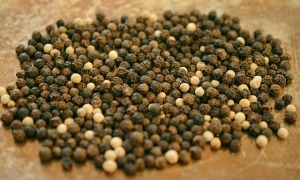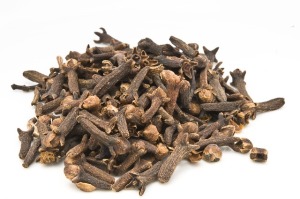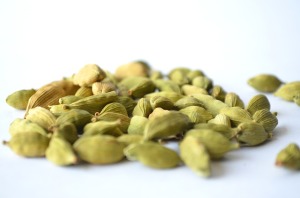I love this time of year. Temperatures are dropping, the air is crisp, and we’re heading into the holiday season. It’s the time of year when a warm mug of tea is a must, and my body often needs an extra boost to help it adjust to the change in seasonal temperatures.
Here are a few common health-promoting spices that are known for their robust flavors and warming effects on the body. They have been used across many cultures for thousands of years. I use them often, especially this time of year, and in a variety of ways.
If you are new to warming spices, experiment by adding one or more to your morning smoothie, hot cereal, tea, soup, stew or coffee. And with Thanksgiving just a few days away, incorporating these flavorful spices into your holiday meal will provide additional nutritional benefits. All are great additions to turkey rub, bread pudding, dressing, spiced cider, and even your cranberry sauce. Mix and match. Don’t be shy. It’s a great way to share warmth, nourishment, and love with the family and friends who will gather around your table this holiday.

Cinnamon
A member of the Lauraceae (Laurel) family. One of the oldest known spices and historically highly treasured. Cinnamon is sweet, warming, and pungent. Included as an ingredient in a digestive tonic, it helps relieve gas, nausea, and diarrhea. Cinnamon is known to calm the nerves and help regulate blood sugar. In addition, it contains anti-blood clotting agents, and its scent can boost brain function. Its anti-microbial and anti-fungal agents help stop unwanted bacterial and fungal growth in the body.

Ginger
A member of the Zingiberaceae (ginger) family. Aromatic, hot, and pungent. Ginger aids digestion, improves circulation, and reduces pain from inflammation. In a double-blind study, ginger outperformed Dramamine® in preventing motion sickness and related symptoms (dizziness, nausea, vomiting). The main active component in ginger, gingerol, provides its distinctive flavor and is being studied as an inhibitor of human cancer cells. Note: The root does not have to be peeled before use.

Pepper
Considered a fruit (Piper nigrum). Stimulates the taste buds, which send a message to the stomach to increase the production of hydrochloric acid, thereby improving digestion. Pepper is recognized as a carminative (helps prevent intestinal gas). It promotes sweating and urination, important functions in the detox process in addition to providing antioxidant and antibacterial effects. Adding pepper to food not only enhances flavor, it also enhances the absorption of select compounds such as curcumin.

Clove
A member of the Myrtaceae (myrtle) family. Warm, sweet, and aromatic, this spice is a common addition to holiday quick breads and pies, and can just as easily be added to soups, stews, chili, and tea. Clove’s active component is eugenol, which has strong anti-bacterial, anti-viral, anti-inflammatory, and anti-toxicity agents. It is liver protective, helps control blood sugar, is immune supportive, and helps treat conditions such as gingivitis and periodontitis. Cloves are an excellent source of manganese, vitamin K and fiber.

Cardamom
A member of the Zingiberaceae (ginger) family. Cardamom has a pleasant, sweet flavor often used in desserts and warm beverages. Known to strengthen the heart and lungs. Stimulates blood circulation, improves the digestibility of dairy products, and can reduce stomach acid. Rich in niacin, zinc, calcium, magnesium, and vitamins A and C. Cardamom is considered anti-inflammatory, anti-microbial, and anti-spasmodic; making it good for guarding against infections and relieving muscle and joint pain.
Here’s wishing you a warm and spicy Thanksgiving holiday filled with gratitude, love, and many blessings.






